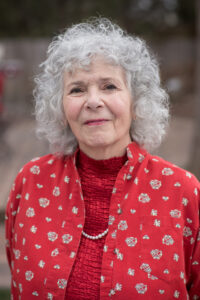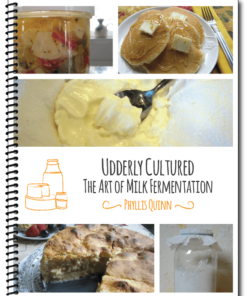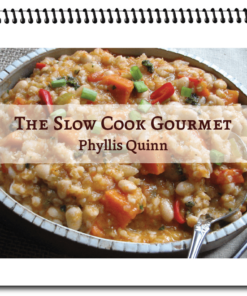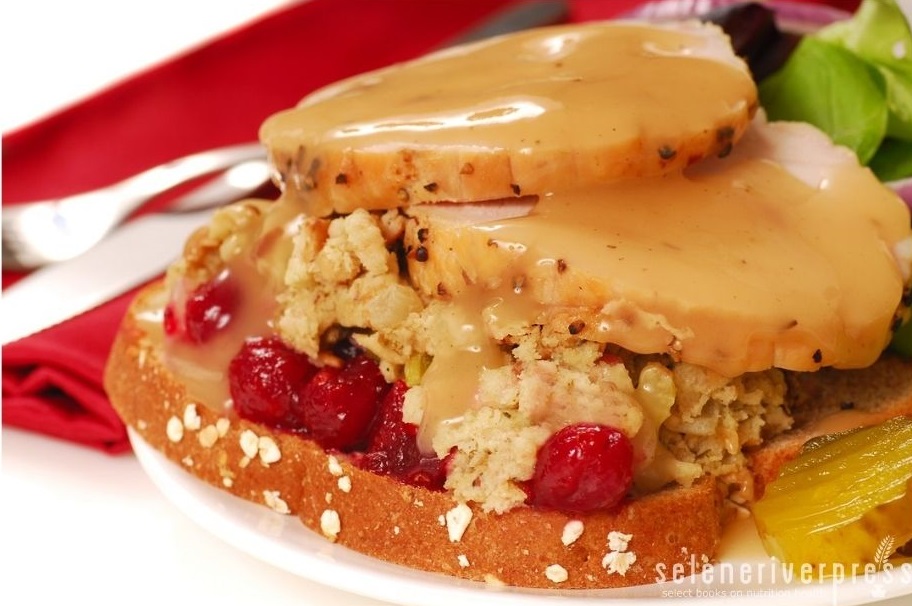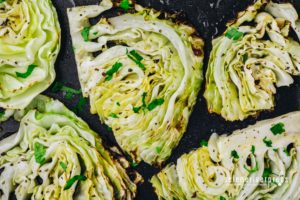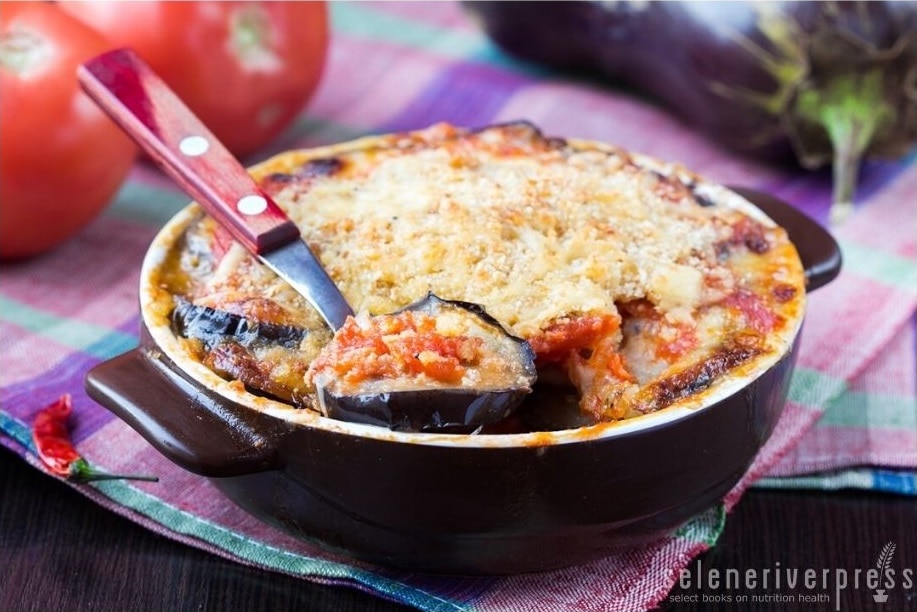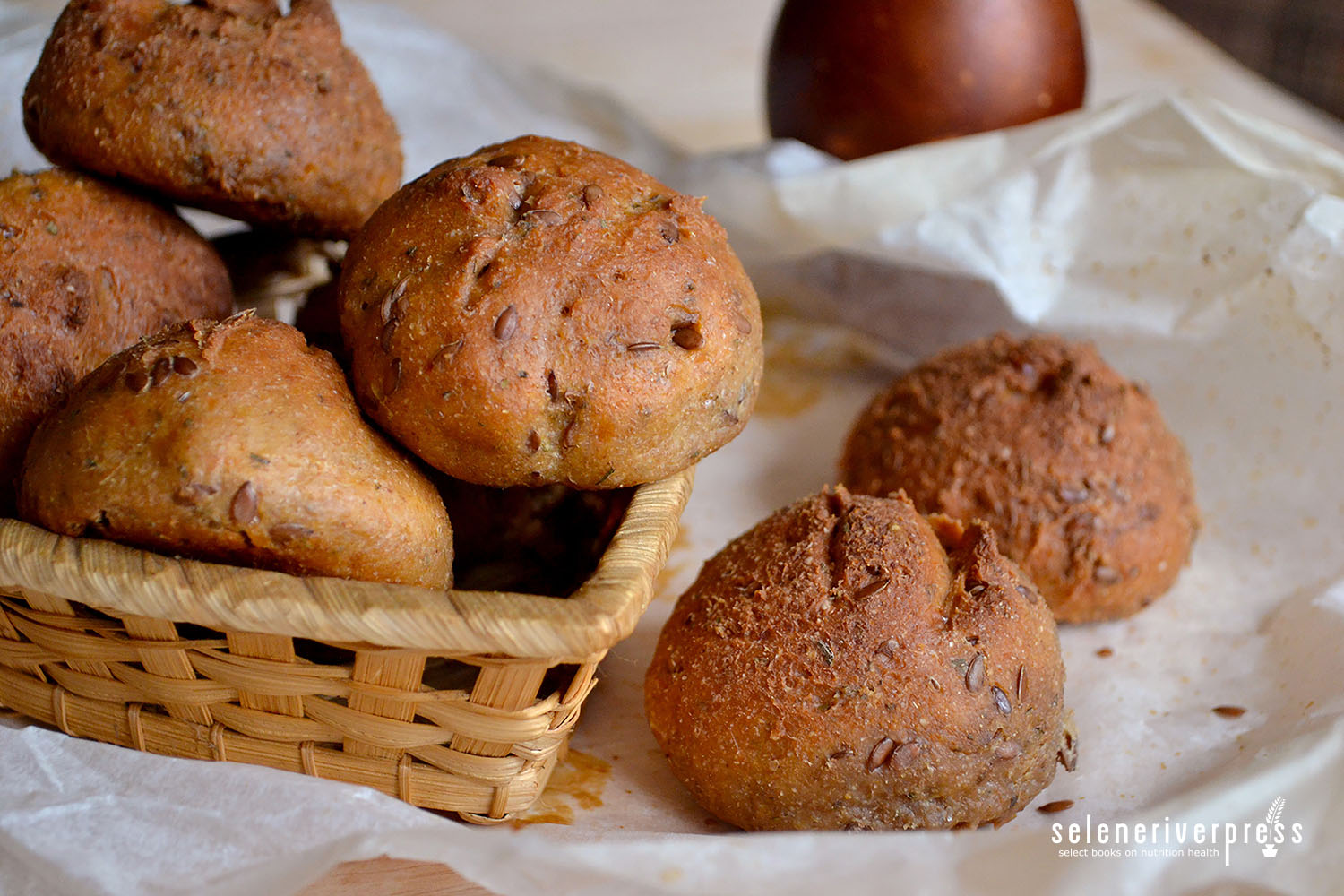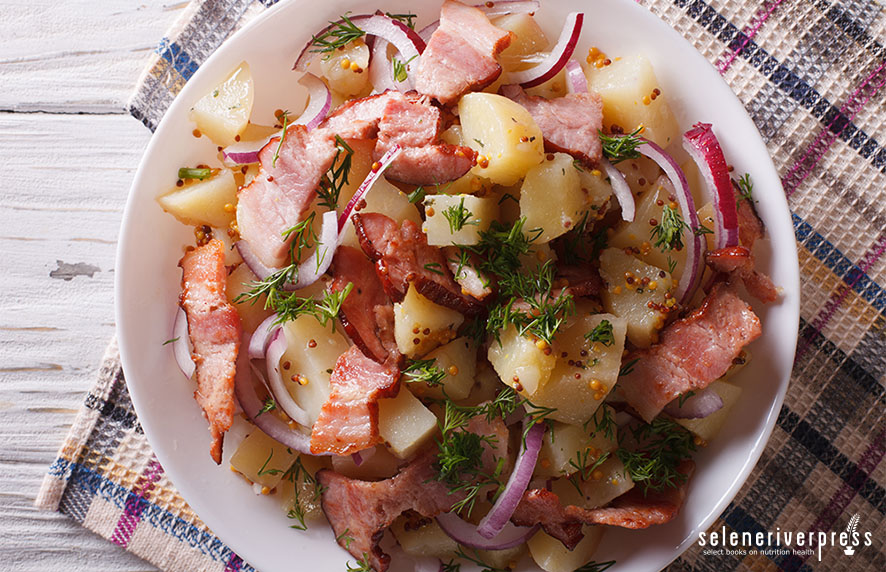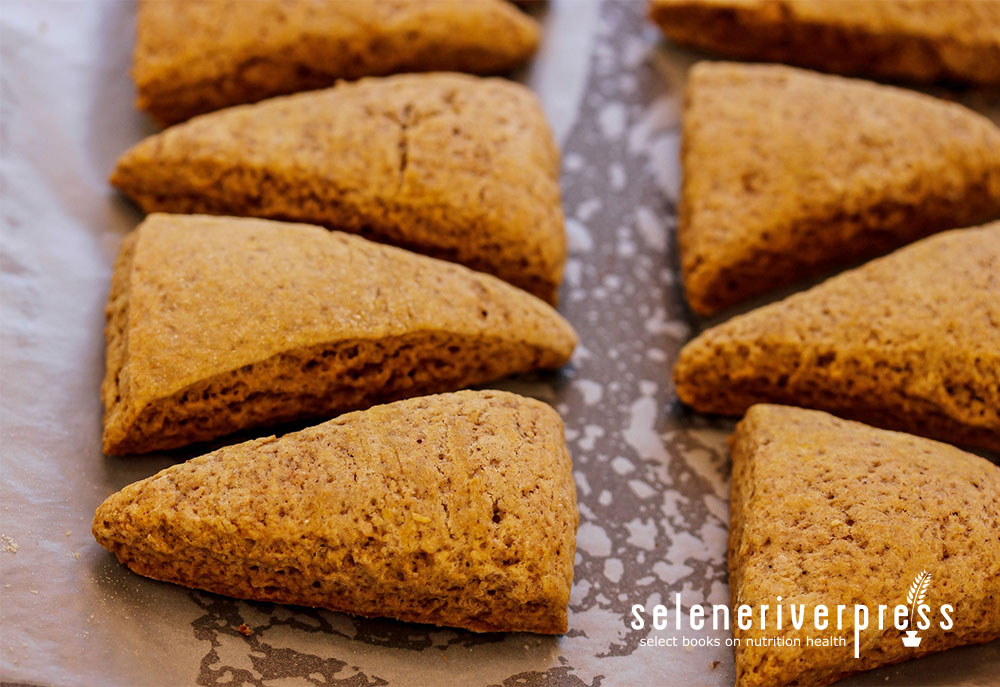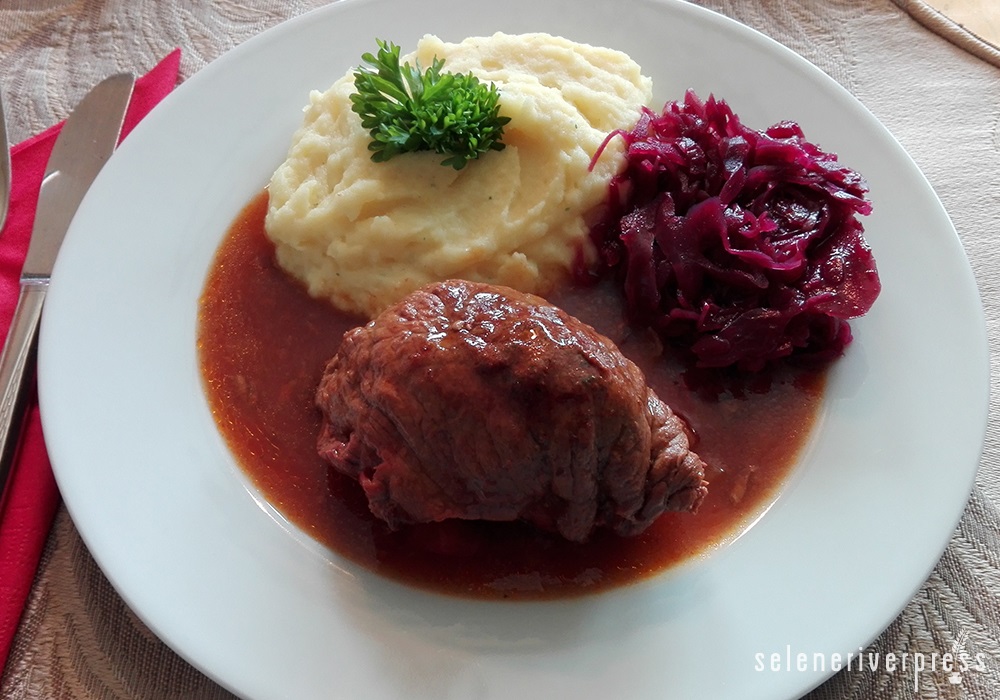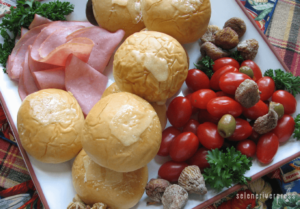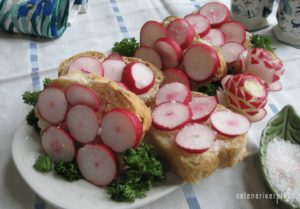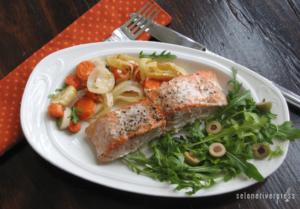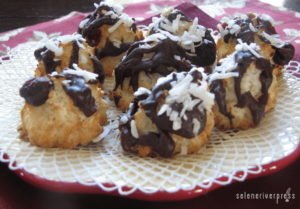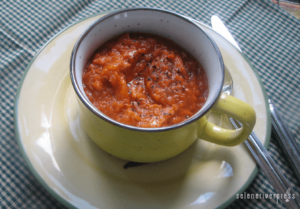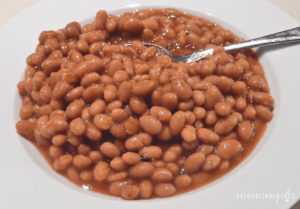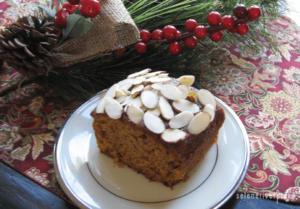My passion is cooking. I collect and enjoy reading cookbooks as if they were intriguing, can’t-wait-to-turn-the-page mystery novels. How did this come to be? Back in the 1940s, multigenerational households were not unusual in the Bronx. In addition to my immediate family of Momma, Dad, and my sister, our three-story house was filled with my maternal grandparents, Nana and Poppa, and my paternal widowed grandmother from Italy, Grandma. Here my passion for cooking and making cheeses began.
In late spring, Nana, who was French and Iroquois, would return to the age-old craft of making her own cheese. I didn’t know then that the April rains brought new grasses to the mountains. By May and early June the cows were feasting on nutrient-dense food that only fast-growing green grasses can produce. I didn’t know it was those early grasses that made the creamiest cheese possible—but I do now.
So on Sunday mornings in spring, off we’d go to Verna Mae’s Farm in the Catskills. For a child in New York City, going “upstate” meant an adventure in the country. We picked strawberries, cherries, tomatoes, and whatever was in season from May through late October. After lunch at Verna Mae’s Farm, we’d make the two-hour journey home to begin processing the foods we’d gathered. Some of this abundanza we put up for the winter.
But Nana’s real goal at the farm was to buy raw cream and milk to make butter, cheese, and ricotta. The atmosphere in our Italian-French kitchen was one of reverence for fresh, natural, uncompromised good food. My earliest memories were of watching my grandmother turn raw milk into cheese, and heirloom produce into delicious meals. I remember that feeling, the excitement when you’re about to create. My love of cooking food—its preparation, my appreciation—all started here. And, ultimately, brought this book into being.
The rural Long Island enclave of Smithtown was another arduous three-hour ride. I’d spend the time counting the numerous potato farms all the way from the Bronx. It seemed an eternity before we reached Main Street and the huge bronze statue of Whisper, Smithtown’s legendary bull.
Smithtown was also home to Poppa’s cousin Joe, the town butcher. At his shop, I learned how to dress and clean fresh chickens and ducks. I also learned all about sausage making—stretching the intestine and holding it open for Poppa and Joe as they stuffed it with ground pork and spices. Cousin Joseph taught me the different cuts of pork, veal, and beef that filled my mom’s order.
With Dad stationed in Okinawa with the Air Force, Poppa was my only father figure during World War II. Since I was the oldest grandchild, he took me everywhere, even eeling off the peer at Pelham Bay. From him, I learned to fish as well as clean and gut whatever we caught.
But my best times were visits to Aunt Lena’s house in Rye, New York. Lena wasn’t really my aunt, but she was born in the same small Italian village as my grandfather. Her family owned Cerbone’s PastryShop, and I loved the stories she told of her childhood in the warm climate outside of Naples.
I often watched Lena and her brothers make Italian and French pastries, which is another art passed down generation to generation in my family. Many years later, Lena became my benefactor, funding two semesters of formal training at The Culinary Cooking School of America in Poughkeepsie. But when her husband passed away, my formal training ended abruptly.
When I left school, I got a job at National Cash Register at Rockefeller Center in New York City, where I operated semiautomated billing and bookkeeping machines. NCR, along with Burroughs and IBM, were pioneers in what later became the computer industry.
I married Bill in October 1962, and we raised two children, Annemarie and Billy. For nearly ten years, I was a happy wife, stay-at-home mom, and homemaker. Bill went to night school, earned his engineering degree, and got hired by the Seagram building. As a good investment opportunity, we bought a bar and grill in College Point, New York. We named it Quinn’s Inn.
The inn gave us some diversified income, and eventually the business bought the building—a good thing, because even back then rents were high in New York City. For the most part, it was a self-sufficient enterprise with personnel in place. That is, until the cook broke her arm. That’s when I got my feet wet as a professional cook! I pitched in cooking and running the kitchen, making plain but wholesome food with a pleasing, homey touch. One day, our accountant Ben asked us what had changed in the kitchen. For the first time, food sales had risen above liquor sales. The twenty gallons of East Coast Chile con Carne that I cooked each and every Wednesday had put our food sales over the top!
A few years later we moved upstate, to Saratoga Springs, where I managed a dinner house in the Lake Lucerne area of the Adirondacks for almost four years. Eventually the owners divorced and sold the business. Life was changing once again. I applied for the general manager position at Chi-Chi’s, an upcoming chain of restaurants out West. I got the job, and in 1982 we moved to Denver.
One year later, I made a lateral move with Chi-Chi’s to Fort Collins. I met Dr. Barbara Mendrey and her husband, Pastor Bob. When she asked me to cook for her family, so began my next career as a personal chef.
Upon retiring to Red Feather Lakes, Colorado, in 2004, I joined a women’s group called the Mountain Gals. When I brought them my fresh mozzarella, they loved it so much that they asked for lessons. That’s how my Udderly Cultured cheese classes took off. I taught the basics of milk and cream fermentation to eager students of all ages who want to learn a sustainable skill. Lunch was included, and of course we ate from our own creations.
But why stop there?! From the classes came calls for help. One young woman wanted to know why her mayonnaise failed. Sometimes I went to their homes to remedy whatever was wrong. Other times I answered by email.
And so began my career as a food writer. Which, eventually, inspired me to write my books.


